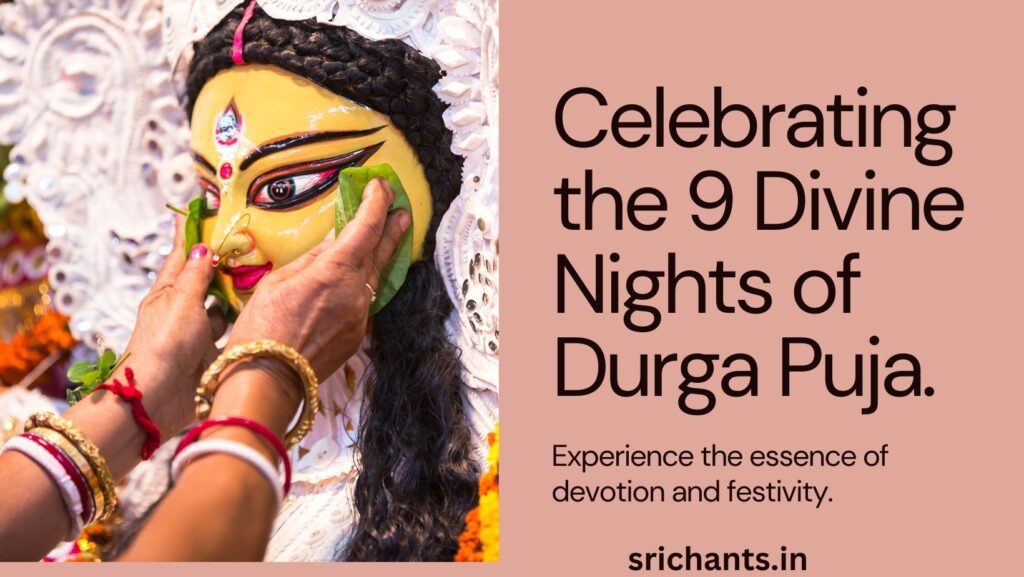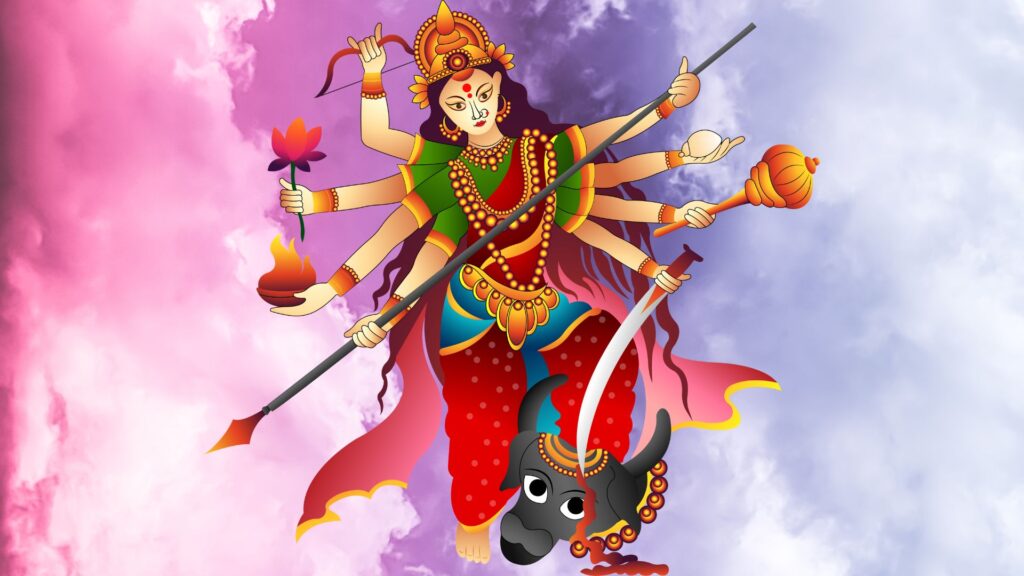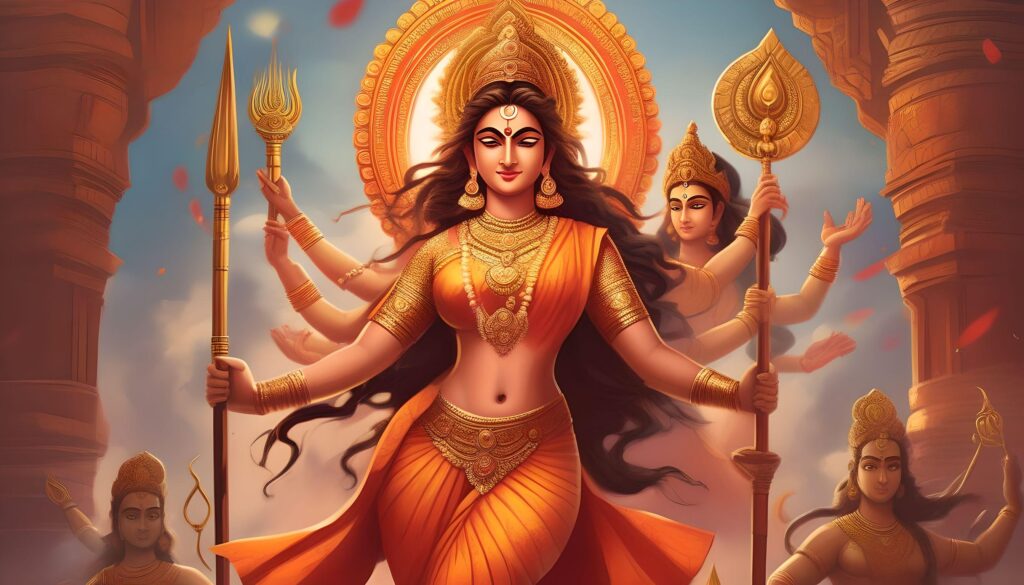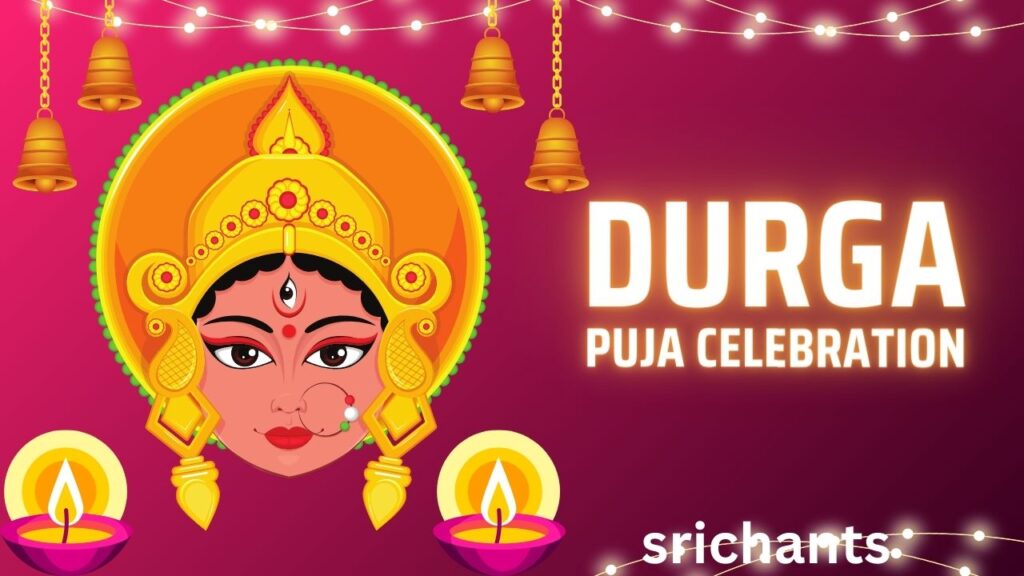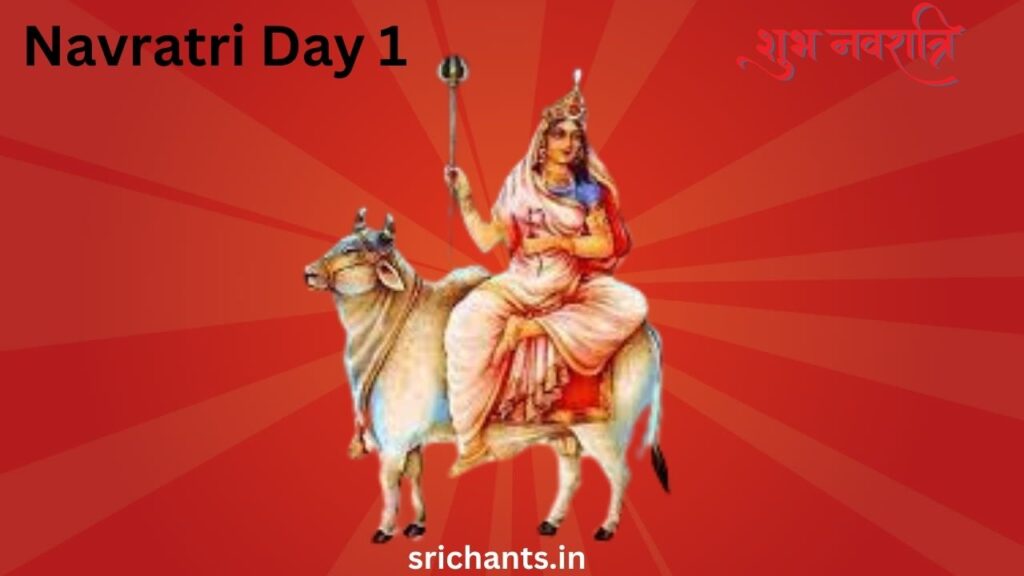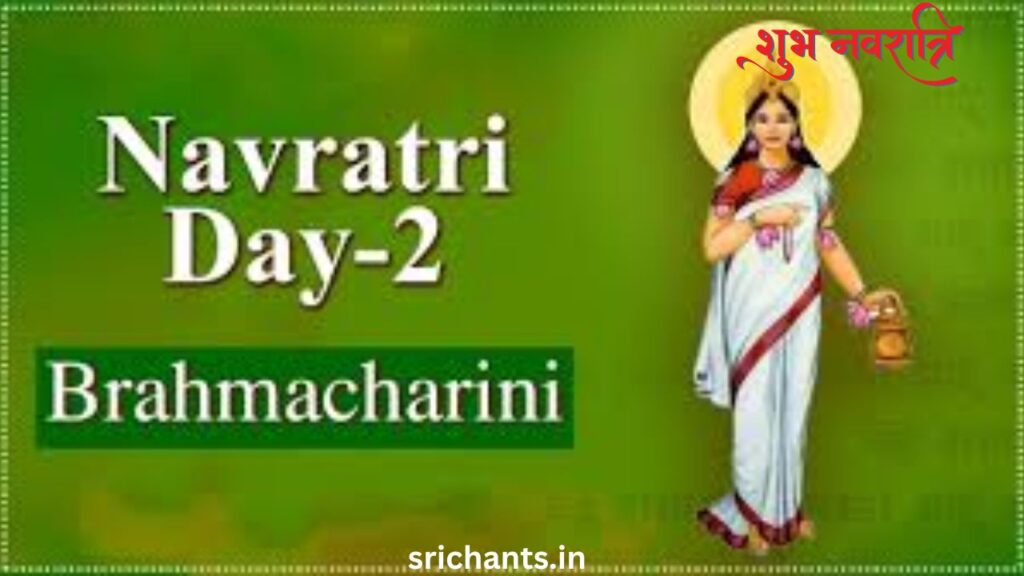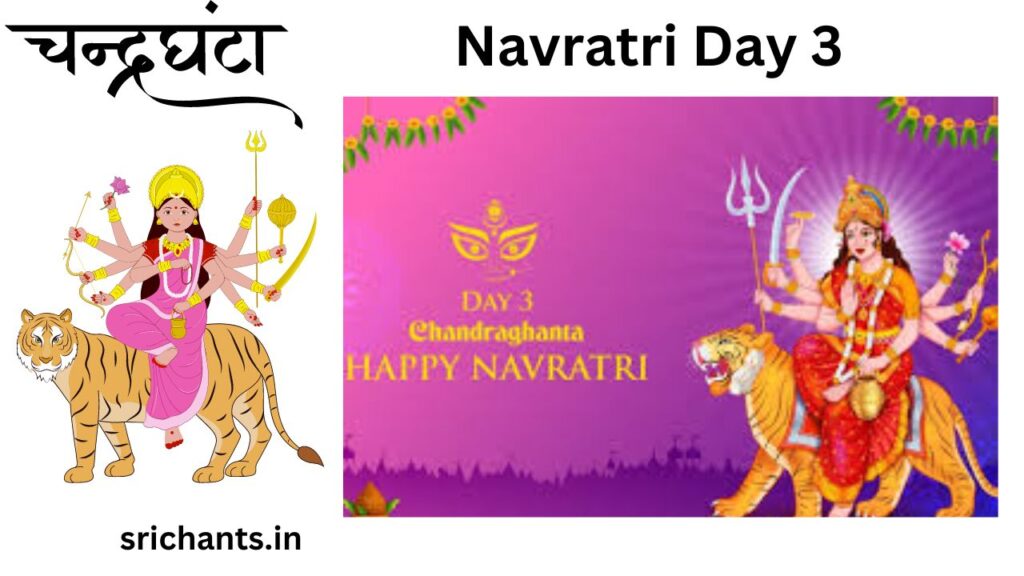Durga Matha Puja Decoding: The 9 days of devotion
Introduction
Durga Puja is a significant Hindu festival that is celebrated with great enthusiasm and fervor. It is a period during which the divine feminine energy, Shakti, is revered in all of its manifestations. This festival is a commemoration of women’s empowerment and holds profound symbolic significance. This article will investigate the significance of Shakti worship and delve into the intricate traditions and rituals that are linked to Durga Puja.
The Essence of Shakti Worship
Shakti, the divine feminine principle, is the embodiment of unadulterated power. In Hinduism, Shakti is held in high regard as the ultimate actuality, which is responsible for the creation, preservation, and eventual destruction of the universe. Shakti is the dynamic force that animates and brings forth the myriad forms and phenomena in the world. It is the ultimate actuality, the unmanifested potential of Brahman.
Shakti is not a distinct entity from Brahman, but rather a manifestation or aspect of it, according to Shaktism, a significant Hindu sect. The manifested reality is the result of the union of Brahman and Shakti. Shakti is frequently personified and worshipped as a variety of deities, such as Durga, Kali, Parvati, Lakshmi, and Saraswati. The power and attributes of Shakti are represented by these manifestations in varying ways.
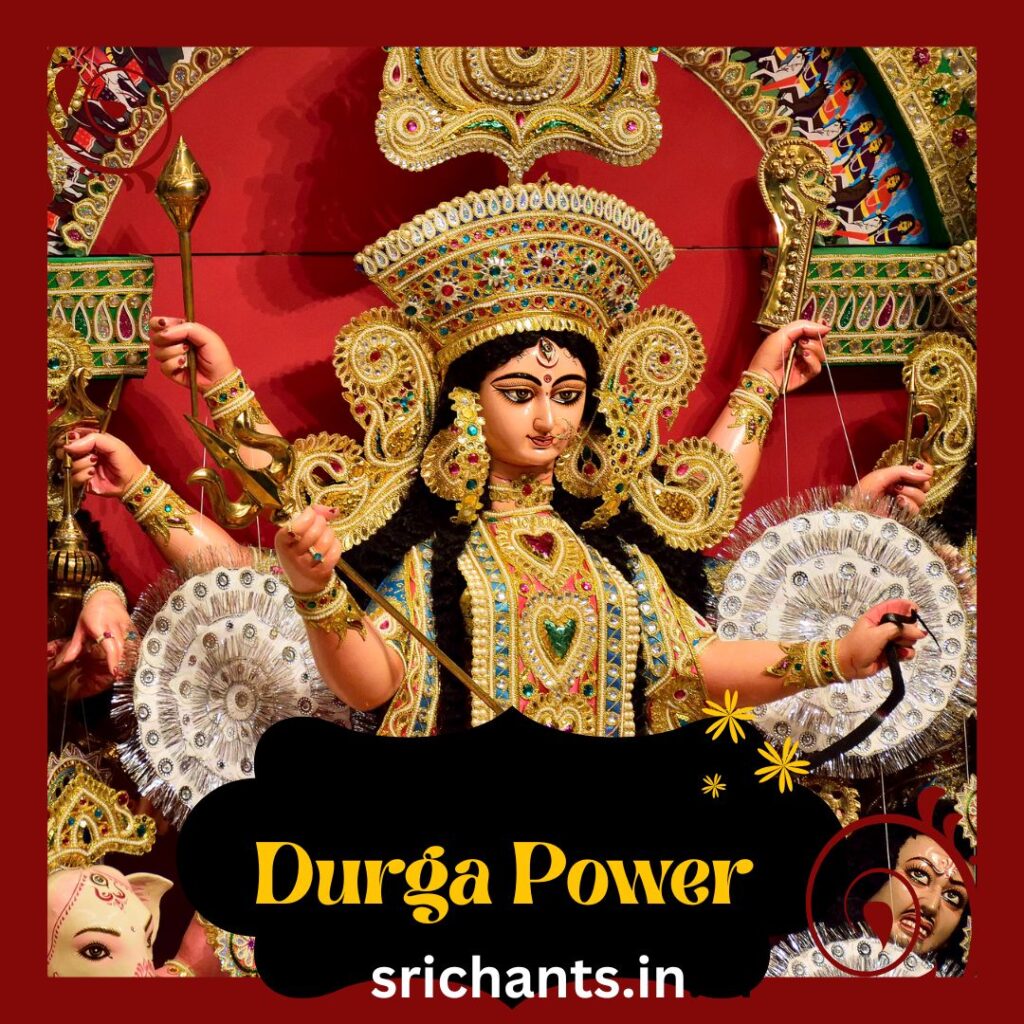
The Significance of Durga Puja
Durga Puja is the most significant Hindu festival in India, particularly in West Bengal. It is a period during which the deity Durga, a potent embodiment of Shakti, is revered and worshipped with great devotion. The festival celebrates the victory of virtue over evil, as Durga vanquishes the demon Mahishasura.
Durga Puja transcends religious observance and evolves into a significant cultural and social event. It promotes economic activity, fosters cultural traditions, and brings people together. The festival has acquired popularity in neighboring countries such as Bangladesh and Nepal, and it is not restricted to India’s borders.
The Mythological Lore of Durga Puja
In mythological lore, Mahishasura, an invincible demon, had acquired a boon that rendered him virtually indestructible. He unleashed terror and waged war against the gods in heaven and humanity on earth with his newly acquired abilities. The gods were unable to defeat Mahishasura and accordingly sought the assistance of the sacred feminine energy, Shakti.
The gods granted Durga their powers in response to their petition, and she emerged as a formidable warrior with ten arms. Durga fought Mahishasura in a relentless combat while mounted on a lion. Durga ultimately defeated the demon, thereby concluding his reign of terror, following a ferocious battle.
The narrative of Durga’s triumph over Mahishasura serves as a representation of the triumph of good over evil, light over darkness, and righteousness over injustice. Durga Puja commemorates this triumph and serves as a reminder of Shakti’s capacity to surmount all obstacles.
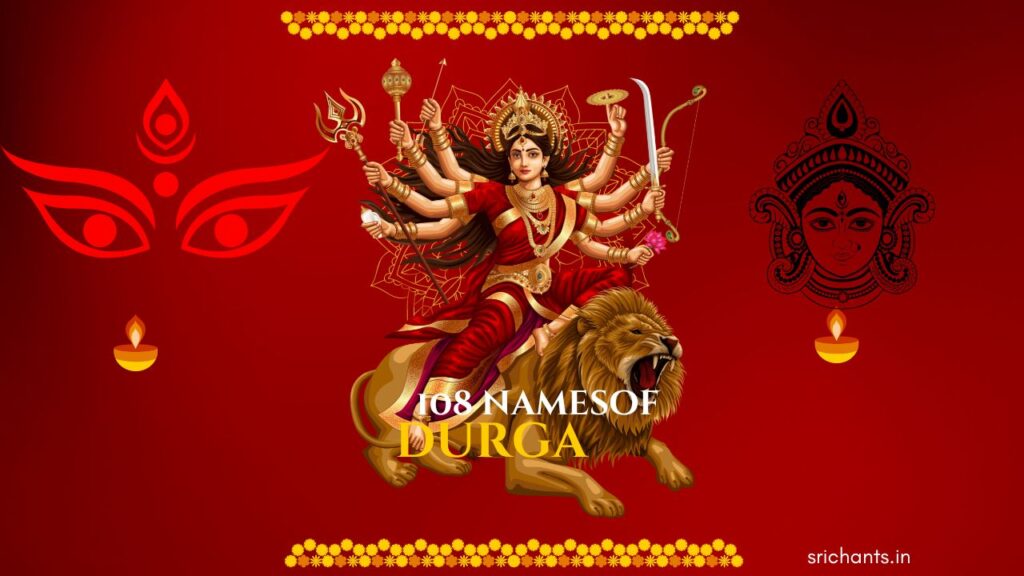
The Nine Nights of Durga Puja
Durga Puja, also referred to as Durga Navratri, is a nine-night festival that commemorates the nine distinct manifestations of the deity Durga. The festival is organized around the worship of a particular manifestation of the deity, each day emphasizing a distinct aspect of her divine power and attributes.
Day 1: Shailaputri – The Daughter of the Mountains
The festival commences with the worship of Shailaputri, the initial manifestation of Durga. Shailaputri, the daughter of the mountains, is a representation of unwavering devotion and purity. Depicted with two palms, she is holding a lotus and a trident.
Day 2: Brahmacharini – The Celibate Devotee
Devotees venerate Brahmacharini, the form of Durga renowned for her austerity and celibacy, on the second day. She embodies profound knowledge, power, and devotion. Brahmacharini is depicted as carrying a water utensil and a rosary, while strolling barefoot.
Day 3: Chandraghanta – The Goddess of Serenity
On the third day, Chandraghanta, the third manifestation of Durga, is worshipped. A crescent-moon-shaped bell adorns her cranium, which is her distinguishing feature. Chandraghanta is a representation of knowledge, wisdom, prosperity, grace, happiness, and serenity.
Day 4: Kushmanda – The Creator of the Universe
On the fourth day, Kushmanda, the fourth manifestation of Durga, is worshipped. She represents the primordial energy that gave rise to the universe and the origin of all existence as the creator of the celestial egg. Kushmanda is depicted with eight hands, each bearing a rosary and a variety of weapons.
Day 5: Skandamata – The Mother of Skanda
On the fifth day, Skandamata, the fifth manifestation of Durga, is revered. She is the mother of Skanda, the deity of war, who is also known as Kartikeya. Skandamata symbolizes boundless affection, compassion, and motherhood. She is depicted as cradling her son Skanda in her lap.
Day 6: Katyayani – The Warrior Goddess
Devotees honor Katyayani, the daughter of Sage Katyayan, on the sixth day. She arose in order to defeat the demon Mahishasura. Katyayani epitomizes triumphant valor, fortitude, and strength. She is shown holding a variety of weapons in each of her four limbs.
Day 7: Kaalratri – The Dark and Destructive Form
On the seventh day, Kaalratri, the seventh manifestation of Durga, is revered. She is referred to as the “night of death” and is able to dispel all anxieties and negativities. Kaalratri is a representation of the ultimate liberation, protection, and power. She is depicted with four hands, bearing a sword and a noose, and a fierce expression.
Day 8: Mahagauri – The Beautiful and Pure Form
On the eighth day, Mahagauri, the eighth manifestation of Durga, is revered. She is revered as the goddess’s most exquisite and pristine manifestation. All sins and afflictions are purportedly cleansed by Mahagauri. She is depicted with four hands, emanating a compassionate and tranquil energy.
Day 9: Siddhidatri – The Bestower of Supernatural Powers
The ninth day of Durga Puja is dedicated to Siddhidatri, the bestower of preternatural powers who attained them through unwavering devotion and meditation. Siddhidatri is associated with divine grace, purity, and fulfillment. She is depicted holding a mace, a lotus, a conch shell, and a discus with four limbs.
The Culmination of Durga Puja: Bijoya Dashami
Durga Puja concludes with Bijoya Dashami, which is also referred to as Dussehra, on the tenth day. It is a celebration of the triumph of virtue over evil and the victory of Durga over Mahishasura. The deity is bid farewell in an extravagant manner on this day.
The idol of Durga is submerged in water, symbolic of her transcendence from our phenomenal world. Greetings are exchanged, blessings are sought, and the triumph of light over darkness is celebrated. The festival fosters unity and harmony by uniting communities.
The Cultural Significance of Durga Puja
Durga Puja transcends its religious and mythological origins to evolve into a cultural spectacle. It is a period during which individuals don traditional attire, attend exquisitely decorated pandals (temporary structures), and participate in musical, dance, and artistic performances.
The festival is a testament to the community’s artistic abilities and wealthy heritage. Pandal themes, which are intricate decorations, are designed to illustrate a variety of social issues or mythological stories. Millions of visitors are drawn to these artistic installations, where they are awed by the craftsmanship and creativity that are on exhibit.
Durga Puja: A Time for Joy and Togetherness
Durga Puja is not only a religious and cultural event, but also a time for togetherness, celebration, and pleasure. Families and friends convene to honor the deity, partake in delectable cuisine, and participate in cultural events. This is a period in which communities come together, demolishing the barriers of caste, creed, and social status.
The festival is also economically significant in that it stimulates the growth of local businesses, particularly artisans, craftsmen, and small-scale industries. The demand for traditional apparel, jewelry, and decorative items experiences a significant increase during this period, thereby generating a much-needed economic stimulus.
Conclusion
Durga Puja is a commemoration of Shakti, the divine feminine energy. It is a period in which the power of women is revered and the triumph of good over evil is commemorated. The festival fosters unity and harmony by uniting individuals and preserving cultural traditions.
During the celebration of Durga Puja, let us embody the spirit of Shakti and endeavor to cultivate empowerment, compassion, and virtue in our lives. May the deity Durga bestow her blessings upon us and direct us toward a more promising future.
#durgapuja #durgadurgapuja #durgafestival #durgamaapooja #durgamaapuja #durgamatapuja #durgamathapuja #durgapujadurga
